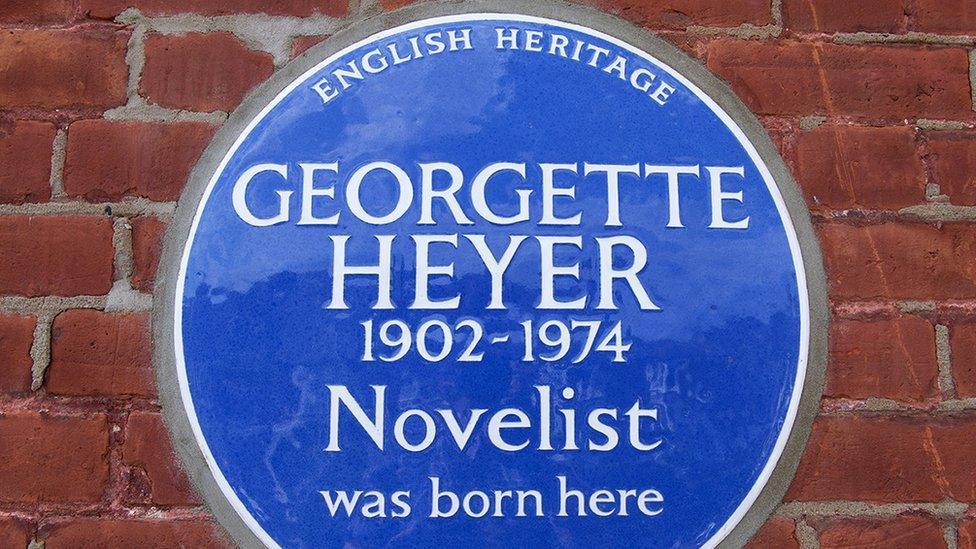Blue plaques for Princess Diana and five female trailblazers
- Published

Princess Diana spent several years living at a flat in Earl's Court, west London, before she married Charles, Prince of Wales
Blue plaques to commemorate six women including Diana, Princess of Wales, are due to be installed later this year.
One will be placed at the Earl's Court flat where the then Lady Diana Spencer lived for several years before marrying Prince Charles. The mansion-block apartment at 60 Coleherne Court was an 18th birthday gift from her parents.
Only 14% of the plaques in the capital honour women and these new ones are intended to help address the imbalance, English Heritage said.
Dame Kathleen Lonsdale, Caroline Norton, Jean Muir, Ellen Craft and Helena Normanton are the five recipients not famous for marrying into the royal family.
Here are the potted histories of their achievements.
Jean Muir; fashion designer
Plaque location: Central London
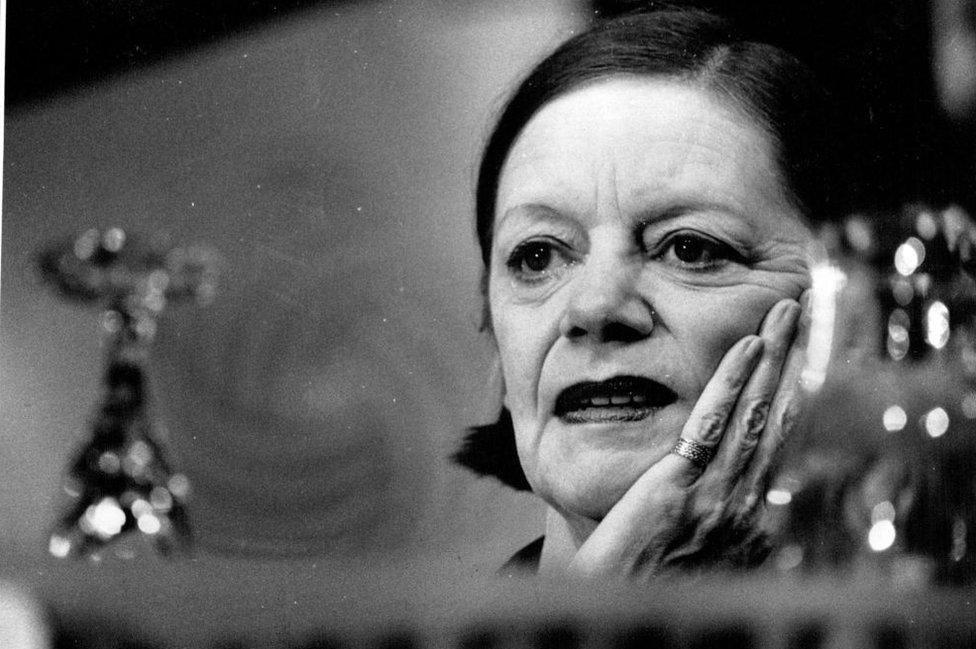
Jean Muir argued for the importance of British fashion manufacturing
Jean Muir was a designer famous for her outfits with long, fluid lines, classic cut and simple yet skilful tailoring. She taught herself to sew at boarding school, and her favourite fabrics included jersey, crepe and suede, usually in dark, plain colours - midnight navy in particular.
She also argued for the importance of British fashion manufacturing and appealed for it to be recognised and valued as a skilled industry.
"We must combat once and for all the idea that there is something lowly about working with one's hands. Hands need the mind," she said.
Caroline Norton; social reformer
Plaque location: Central London
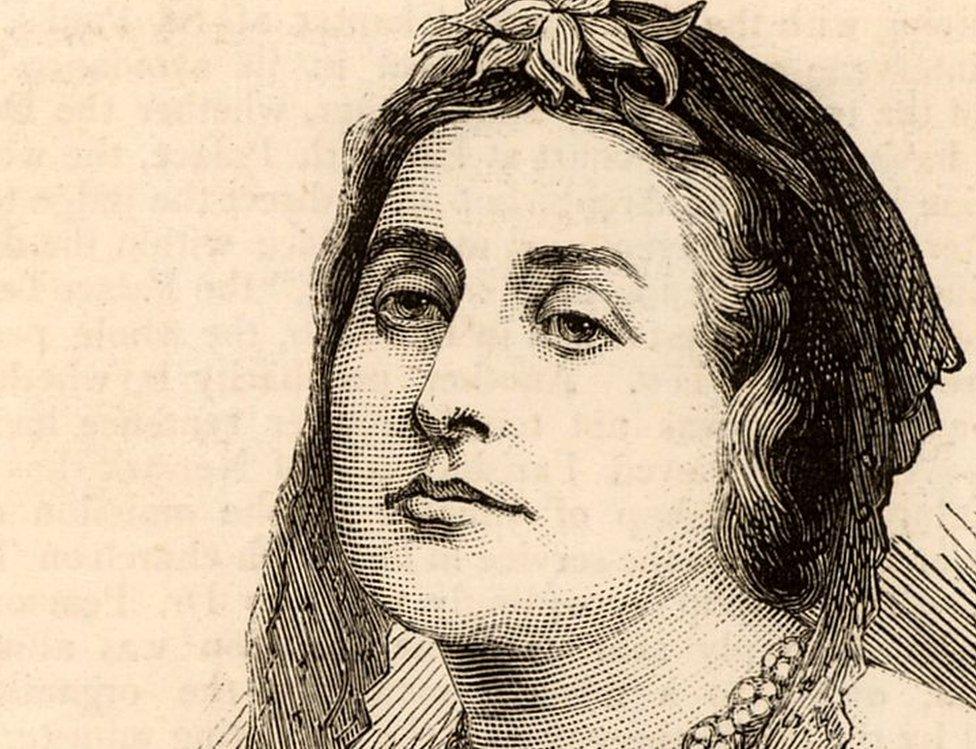
Caroline Norton improved the fates of many a woman by fighting for divorce rights for wives
Mrs Norton brought about one of the first pieces of feminist legislation in the UK by dint of fighting for the custody of her children after she left her abusive husband.
She was also determined to keep the rights to her own property, such as profits from her published writings.
She had great influence on the Marriage and Divorce Act of 1857, external. The Matrimonial Causes Act meant wives could now allege cruelty and desertion, in addition to the husband's adultery, in order to obtain a divorce.
Ellen Craft; campaigner and former slave
Plaque location: Hammersmith
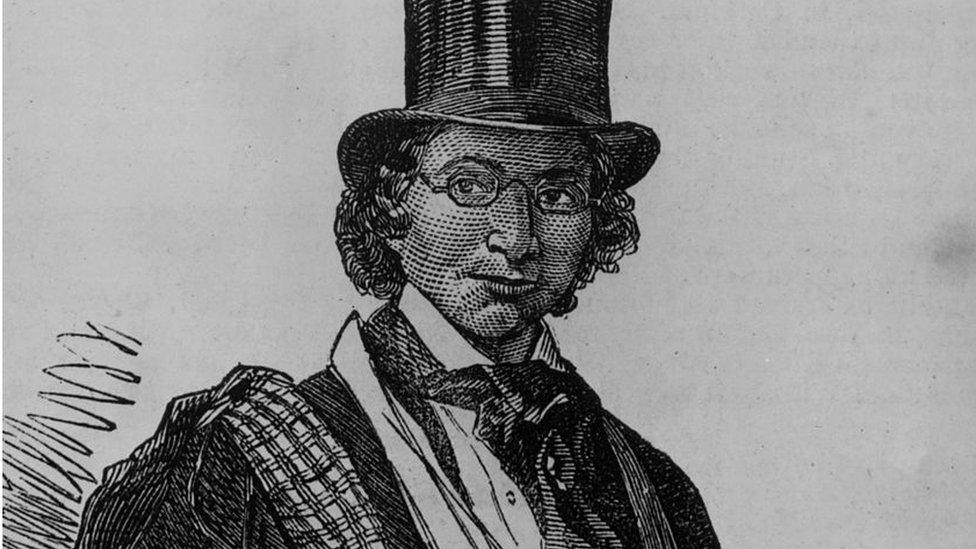
Ellen Craft disguised herself as a white American man
Born in 1826, Ellen Craft was an American woman who had been kept in slavery. Because her skin was pale, she managed to disguise herself as a white man. She and her husband fled their homeland, arriving in England in 1850.
To avoid suspicion and evade their former masters, who were chasing them, Mr Craft - who had darker skin than his wife - pretended to be her slave. Once in England, the couple toured the country lecturing against slavery, before settling in Hammersmith.
Kathleen Lonsdale; crystallographer, peace campaigner and prison reformer
Plaque location: Seven Kings, Redbridge
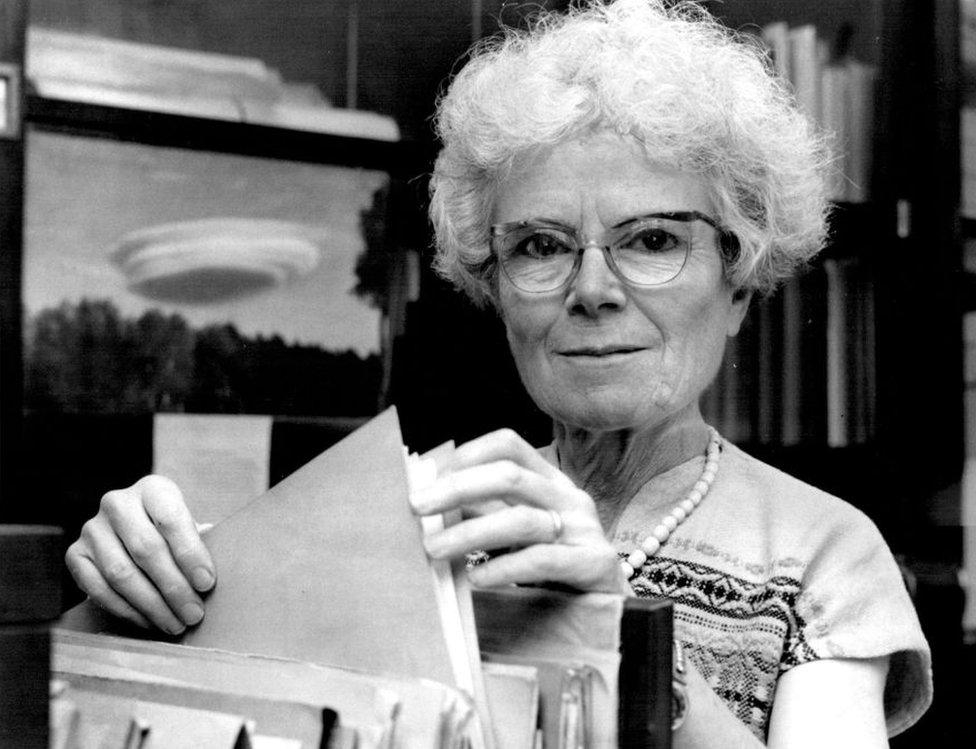
Dame Kathleen Lonsdale, pictured in her study at University College, London
Dame Kathleen was born in 1903 in County Kildare, the youngest of 10 children. She and her mother and siblings moved to Essex, England in 1908. A bright girl, she won a scholarship to Ilford County High School, but she had to go to maths and science lessons at the local boys' school as her girls' school didn't teach those subjects.
She entered Bedford College for Women, part of the University of London, aged 16, where she got the highest marks not just of her peers, but of anyone in the previous 10 years. She specialised in crystallography, which is the science of working out the arrangement of atoms in crystalline solids.
She later became a professor and (along with biochemist Marjory Stephenson) was one of the first female Fellows of the Royal Society, external.
Despite her academic brilliance, the spotlight seemed aimed at her gender, with one newspaper article beginning "Dame Kathleen Lonsdale at 67 is so tiny she hardly reaches the top drawer of her filing cabinet at London's University College.
"But 14 years ago she was game enough to receive her D.B.E. from the Queen Mother in a hat she'd bought for ninepence." It's hard to envisage a man being described in those terms.
You can hear Dame Kathleen speaking about the role of science in society and balancing research and motherhood (she had three children) on a 1967 episode of Women's Hour on BBC Radio 4.

How to get a blue plaque
The scheme celebrates the link between significant figures of the past and the buildings in which they lived and worked.
Here are the criteria:
They should be regarded as eminent within their own profession or calling
Their achievements should have made an exceptional impact in terms of public recognition or their achievements deserve national recognition
They must have been dead for 20 years
They should have lived in London for a significant period
The London building in which they lived or worked should still survive and must not have a significantly altered exterior
The building must be within Greater London but outside the City of London, which has its own scheme
Buildings with many personal associations, such as churches, schools and theatres, are not normally considered for plaques
Anna Eavis, English Heritage's curatorial director, said Princess Diana's campaigns to highlight issues like HIV/Aids and landmines - along with her enduring appeal as "an inspiration and cultural icon to many"- were deciding factors in giving the go-ahead for her blue plaque.
She was nominated by the London Assembly after the body ran a #BackthePlaque campaign , externalasking Londoners to suggest women worthy of the recognition.

Helena Normanton KC; barrister and campaigner
Plaque location: TBC
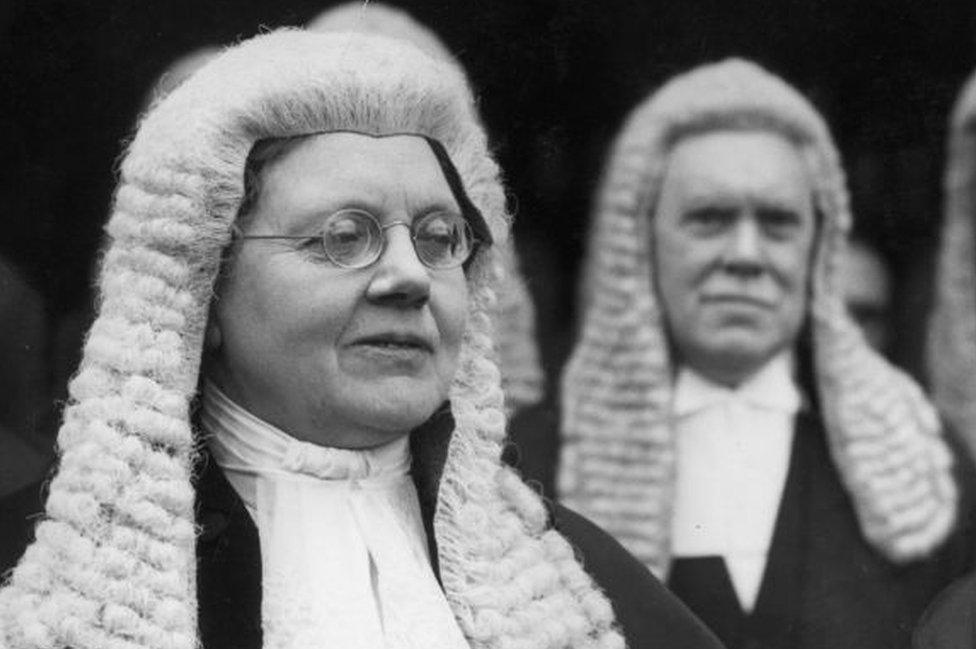
Helena Normanton fought for married women to be allowed to keep their money instead of it being subsumed into that of their husband upon marriage
Born in East London in 1882, Helena Normanton was a woman of firsts - the first woman to join an Inn of Court, first woman to practice at the Bar, first woman to appear in the High Court, first woman to appear in the Old Bailey, first woman to prosecute in a murder trial and one of the two first women to become King's Counsel (KC) in England and Wales.
She fought for women's rights to vote and for married women to be allowed to keep their money and property instead of, upon marriage, it being subsumed into that of their husband.
She co-founded the Married Women's Association, external with the aim of promoting financial equality during marriage, giving mothers and children a legal right to a share of the family home, securing equal guardianship rights for both parents, and extending the National Insurance Act to give equal provision for women.
- Published3 October 2016
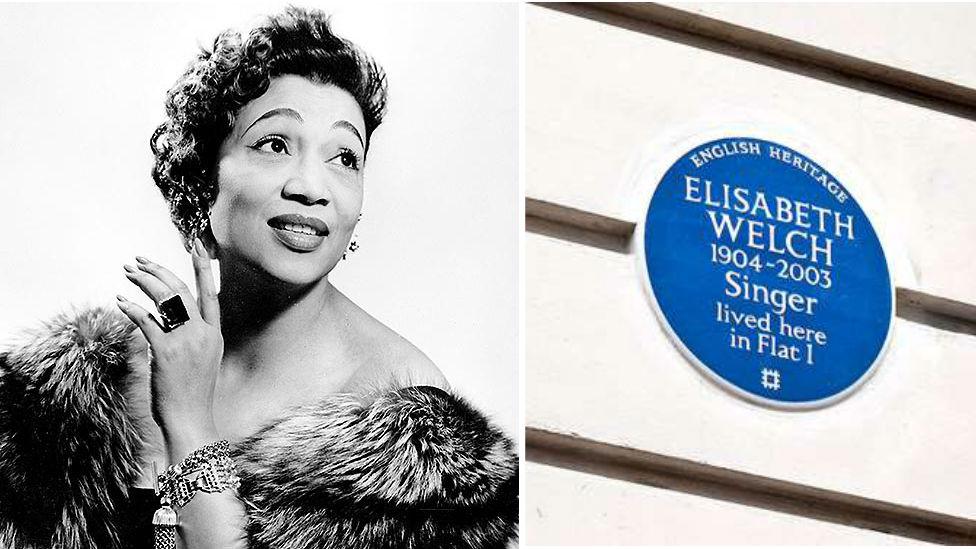
- Published29 May 2016
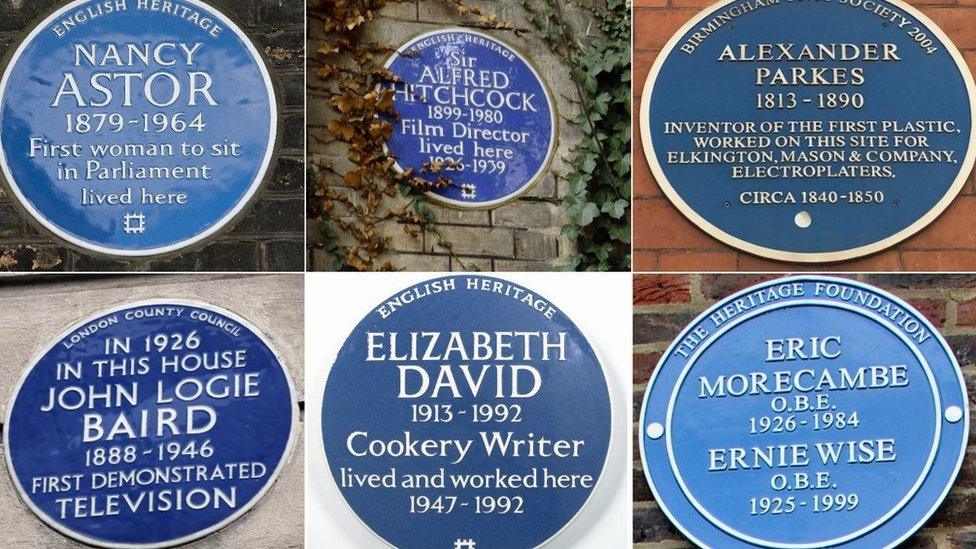
- Published1 March 2016
